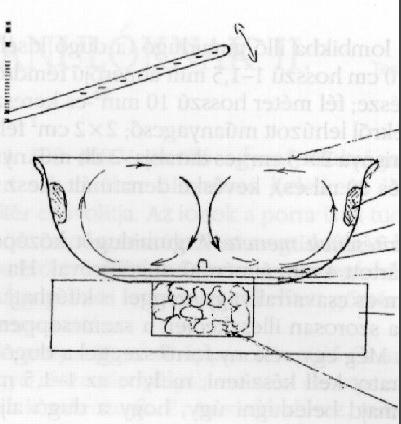 |
High School
Teachers at CERN |
 |
|
| WWW.CERN.CH |  |
||
 |
High School
Teachers at CERN |
 |
|
| WWW.CERN.CH |  |
||
Foam chamber
Measuring the size of molecules
|
What we can
learn: How long is the free way of alpha radiation |
|
|
What we need: A cardboard What we do: Radio signal sender Receiver: Solder the two other wires to the end of bulb
Push igniter, this will create sparks in the gap You can make a diffraction grating from aluminum foil, and study the polarization of waves What we can learn: The principle of a Nobel prize experiment of Heinrich Hertz. (idea: Stray Cats, Japan) |
|
|
What we do need: Two film tubes (plastic
tube, that film comes in) What we
do: Make two holes
in the first film tube (see the figure) What we can learn: The structure and
principle of GM counter |
|
|
What we
need: A heatproof glass bowl What can we
learn: The principle of diffusion cloud chamber |
 |
Plastic wrap Sponge glued around to sides of bowl Heatproof bowl Heat insulator box (plastic foam) Dry ice |
|
What we need:
3000 V DC (see the figure) What we
do: Join the detector to a
voltage What we can learn: The principle of spark
chambers |
|
|
What we need: Stiff paper, plastic diffraction grating What we
do: Cut out from the
stiff paper the body of spectroscope (see the figure).
If you have a bigger piece of grating, you can take a photo of a spectrum too. |
|
| © CERN and High School Teachers Programme at CERN | Last modified: 28 June 2002 |